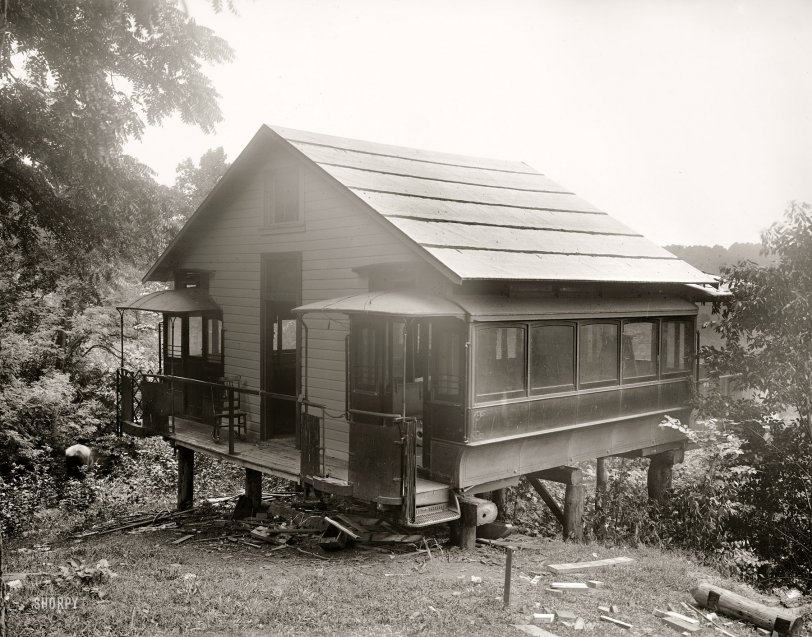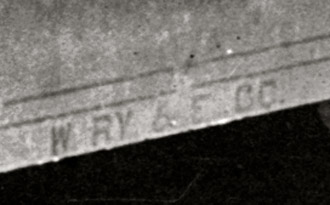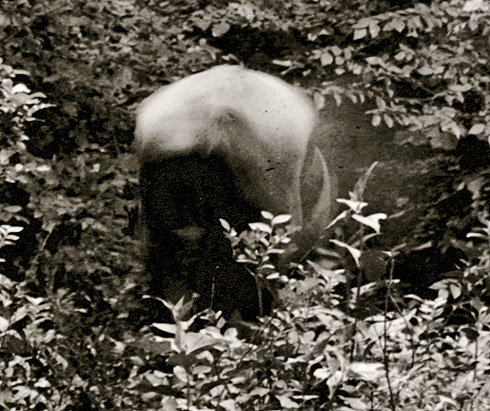


Framed or unframed, desk size to sofa size, printed by us in Arizona and Alabama since 2007. Explore now.
Shorpy is funded by you. Patreon contributors get an ad-free experience.
Learn more.

- Lofty addition
- In 1912
- Keenan Building
- Six years old
- Taken from the P.J. McArdle Roadway?
- It stood only 47 years
- Three track mind
- Incline to the right
- Reach for the sky, 1912 style
- No clean sweep
- Same Job Title, Same Face
- Sadly Lost
- Beautiful ...
- Where you get your kicks
- Aim High
- Pueblo Revival sisters
- Pueblo Neoclassicism
- Milk Man
- Regional dialect.
- Spielberg's inspiration
- Great Photo
- Loaf Story
- Do you still have the Rakes category?
- Could almost be a scene from the 1957 movie 'Hell Drivers'
- The Wages of Fear.
- Conspicuous by their absence
- Got Milk?
- All that aluminum
- No lefties
- Smoke 'em if you've got 'em
Print Emporium
End of the Line: 1921

July 15, 1921. Washington, D.C., or vicinity. "House of street cars." National Photo Company Collection glass negative. View full size.
Streetcar details
I'm not a "transport historian", but I'm involved with the restoration and running of old streetcars at a tramway museum, so I have practical experience with vehicles of this era. The bodies of these cars would be relatively light, not much more than a ton or so. For comparison, this photo of mine shows a car of a similar vintage, though somewhat larger. Its carbody alone weighs 1.75 tons. Early electric streetcar design borrowed heavily from horsecar and cablecar design, where the emphasis was on light weight and durability.
The weight of old streetcars was in the mechanical/electrical components - the truck, wheelsets, traction motors, brake rigging, controllers, resistors, trolleypoles and compressor if fitted with air brake. Once you remove all these components, as is the case with these two cars, you're left with a fairly light structure which would easily be moved on the back of a horse-drawn jinker, and just as easily lifted with a block, tackle and an a-frame. Or you could just use jacks and block the car up onto the piles. I've had to move carbodies without much in the way of lifting gear, it's not hard.
The original photo shows two carbodies, not one cut in half as was suggested previously. Notice the grabiron on right-hand end of the carbody at window level, and the platform bearer below the rocker panel. Neither of these would be present in the middle of a longer car cut in half.
A hint as to provenance
"W. RY & E Co."
[Washington Railway & Electric! Good eye you have there. - Dave]

Bon appetit
When last I was through Buellton, California, early this year this restaurant based on two 1911 dining cars was still standing. The owner hoping that the local historical society would have it moved before commercial development brought it down.
[Another commenter replies: These are former Los Angeles Railway streetcars in the color photo, not dining cars. - Dave]
Mystery object in the bushes
Can anyone tell what this is?
[Colloquially and anatomically speaking, a horse's ass. - Dave]

San Diego Streetcars
This streetcar home reminds me of the following photo: former San Diego streetcars converted to housing (circa 1941). On the hill in the background is the Serra Museum and Presidio Park - site of the first European settlement on the west coast.

Street car afterlife
In the 1940's in Denver, when trolley cars were replaced by buses, the old cars were available cheap. My friend's father got two and made a cabin near Evergreen.
Street Car Smith
When the Pacific Electric Red Car line was torn out in Los Angeles, a man named Smith bought about eight of the old trolleys and brought them up to a large parcel that he owned in the northern San Fernando Valley. He strung them together with short corridors between each car, using one as a kitchen, one as a family room, several as bedrooms etc. He and his wife raised a family there. When he retired, or died, in the 70s, the property was sold and the streetcars were demolished. I, too, wish I had a picture. I did wander through the cars before the wrecker showed up. It seemed that their living accommodations were quite nice and cozy.
Half and half
I wonder, could this be one car cut in half? They seem rather short otherwise.
Would desire
What a cool merger of materials — I'd really desire a structure like this. Is it a vacation / camping cottage? Perhaps a transportation historian can tell us whether streetcars are lighter than one would think, because I'd also be keen to know how the builder transported the cars to that wooded spot and set them in place. Thanks.
Birth of a Notion
Way down east, to circumvent to horse-drawn lunch wagon restrictions, obsolete street cars were purchased on the cheap and placed on foundations. The beginning of what became the "diner."
Delighting the Streetcar Geek
Kudos for adaptive re-use, even if this structure didn't last very long. According to the out-of-print "100 years of Capital Traction" by Leroy O. King Sr., electric streetcar service in Washington D.C. began on October 17, 1888 with the inauguration of the Eckington & Soldier's Home line. A photo on page 19 of that book shows a five-windowed car identical to these in a photo taken on that first day of operations. We can only guess the location of this Shorpy photo. Given the hilly location, this site may overlook the Potomac River immediately west of Georgetown University. A trolley car barn was located there (not to be confused with the massive structure at 36th and M Streets which still exists, opposite Key Bridge).
Terrific!
What a fantastic house! Complete with rocking chair on the porch -- I'd love to live in it. Is it still standing? How did they get the streetcars up onto the hill, I wonder? (And what's that thing in the bushes, to the left of the porch?)
























On Shorpy:
Today’s Top 5